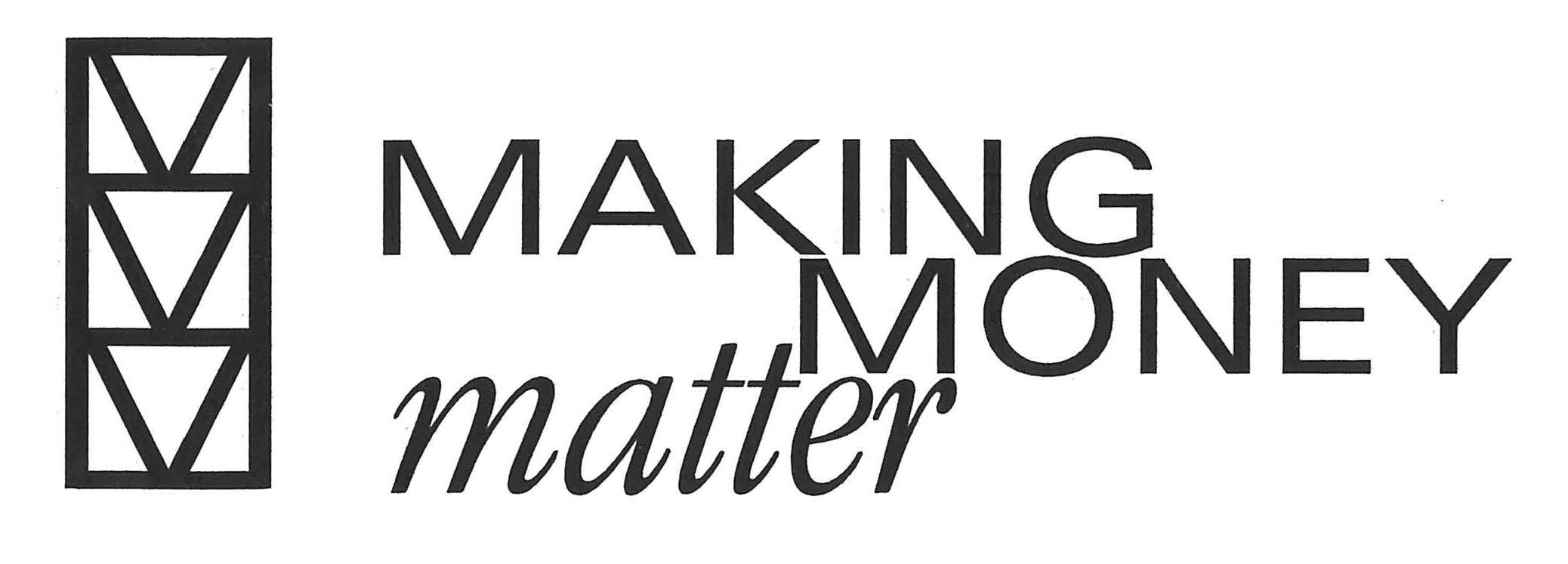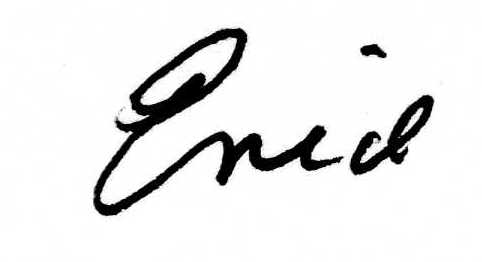You had great intentions, but the month just got away from you. You meant to make your charitable gifts, but somehow you didn’t quite get it done.
To get your charitable deduction for 2016, you can:
- Write a check and be sure it is postmarked before midnight, December 31st. But be careful: the IRS says “Delivered When Mailed” only applies to the US Postal service, not to private delivery services or private postage meters. And, a receipt is still your best bet.
- Use your credit card and verify that the transaction will be posted before midnight, December 31st.
- Call your broker and make a gift of investment securities (stocks, bonds, mutual funds, etc.) To preserve the effective date on or before December 31, the transaction must be transferred and on the books of the corporation. That means the asset must be out of the donor’s control. Remember, close of business 2016 for financial institutions may be Friday, December 30th this year.
- Feeling really generous? A gift of real estate can be done by executing a deed to the property naming the qualified non-profit, delivering it to the non-profit, and having the deed properly recorded (and following any other local laws) ….again, by December 31st.
Great- you know how, but do you know why? If you don’t know what organizations you want to support, no worries. You can decide later. Just call your broker or your local community foundation and ask to set up a donor-advised fund. Give and figure out the distribution in 2017 or whenever you choose.
No more procrastination. Give now!


